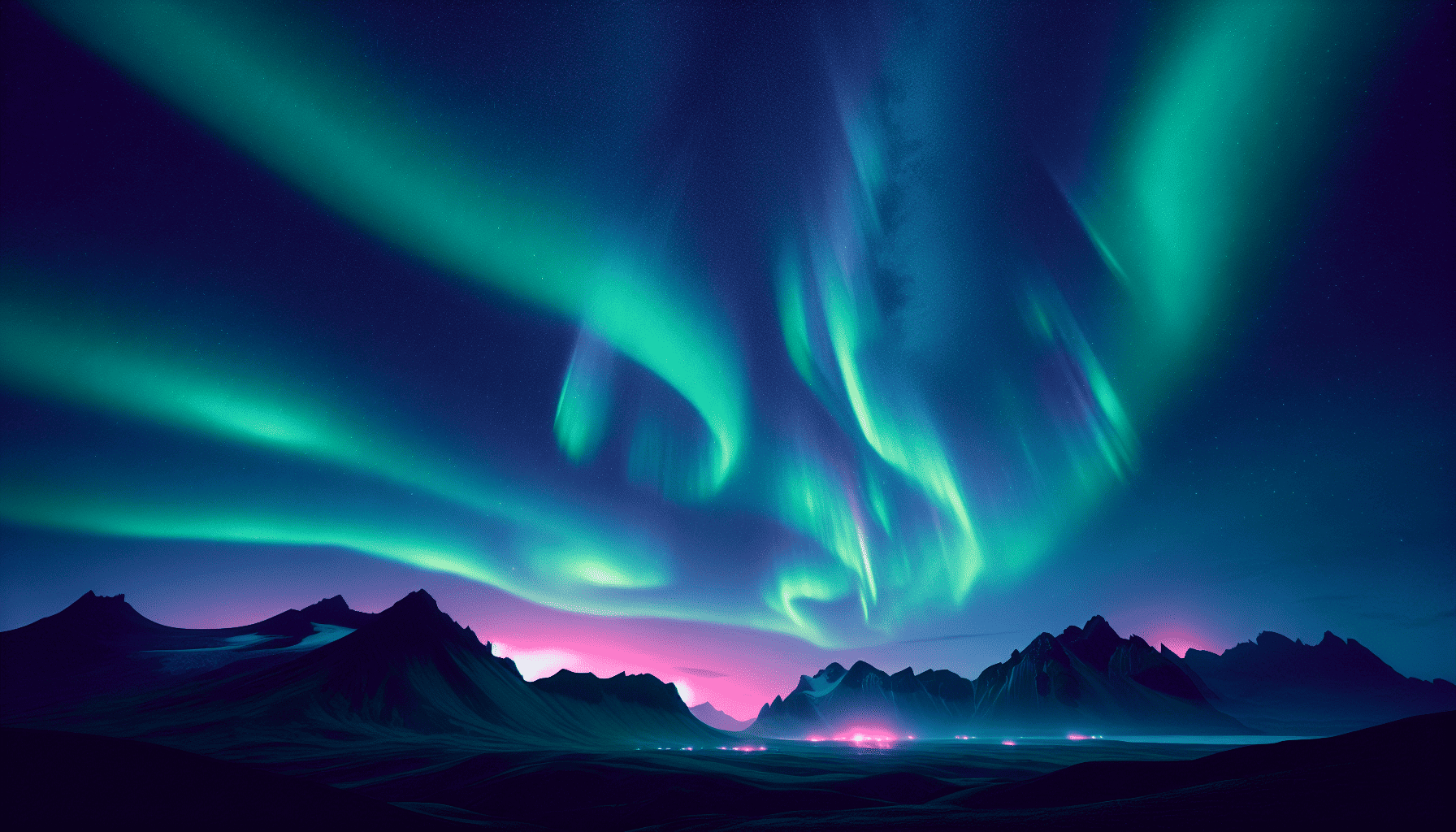The northern lights, or aurora borealis, are a natural spectacle that has captivated humans for centuries. These ethereal displays of light across the sky are particularly stunning in the Nordic regions, with Sweden being one of the prime locations to witness this mesmerizing phenomenon. As you stand beneath the vast expanse of Sweden’s starry skies, the northern lights dance and weave their magic, creating an unforgettable experience for anyone fortunate enough to observe them.
In the northern reaches of Sweden, particularly above the Arctic Circle, conditions are ideal for viewing the aurora borealis. Places like Abisko National Park are famous for offering some of the most consistent and vibrant displays. The park's microclimate, with its clear skies and minimal light pollution, provides the perfect backdrop for nature's light show. As the night falls, the sky transforms into a canvas painted with swirls of green, purple, pink, and sometimes even red, as charged particles from the sun collide with Earth’s atmosphere.
Witnessing the northern lights is more than just a visual treat; it’s an experience that engages all your senses. The silence of the vast wilderness envelops you as you gaze upwards, feeling a profound connection to the natural world. The spectacle is often accompanied by a sense of calm and reflection, reminding us of the beauty and grandeur of nature.
For nature lovers, the allure of the northern lights extends beyond their beauty. The science behind this natural wonder is just as fascinating. The lights are the result of interactions between the solar wind and Earth's magnetic field, a cosmic dance that has intrigued scientists and inspired myths and legends across cultures. In Sweden, local Sami folklore suggests that the lights are souls of departed ancestors or spirits playing football with the head of a walrus.
Planning a trip to witness the northern lights requires a bit of thought. The best time to see the aurora borealis in Sweden is during the long winter nights from September to March, when the skies are darkest. Warm clothing is essential, as temperatures can plummet, but the chill in the air only adds to the magic of the experience. Many tour operators offer guided excursions, ensuring you have the best chance to catch a glimpse of the lights while providing insights into the science and folklore surrounding them.
Besides the lights themselves, visiting the northern regions of Sweden offers the opportunity to immerse yourself in a winter wonderland. Snow-covered landscapes, frozen lakes, and the occasional encounter with wildlife such as reindeer and moose enhance the overall experience. Engaging in activities like dog sledding, snowshoeing, or relaxing in a traditional sauna after a day in the cold only adds to the adventure.
In conclusion, the northern lights in Sweden are more than just a spectacle; they are an experience that stirs the soul. Whether you are a seasoned traveler or venturing out on your first nature-based adventure, witnessing the aurora borealis is sure to leave an indelible mark on your heart. As you watch the lights dance across the Swedish skies, you’ll understand why this natural wonder continues to fascinate and enchant people from all over the world.
